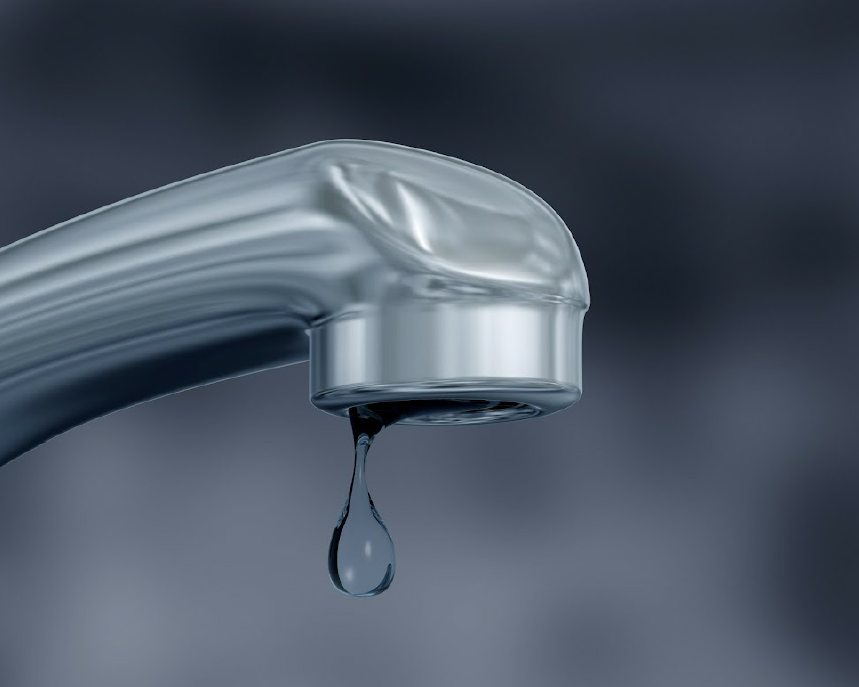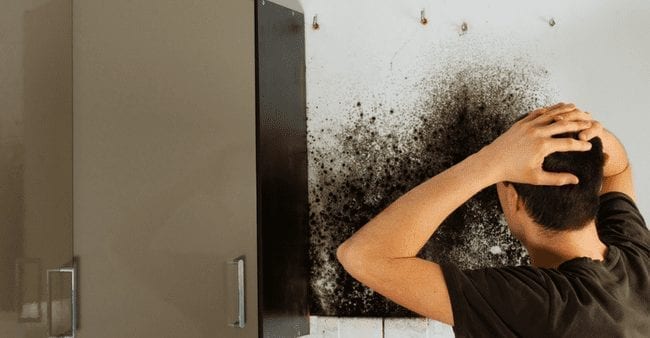How to Check If Your Residence Has a Surprise Leakage
How to Check If Your Residence Has a Surprise Leakage
Blog Article
Just about everyone seems to have their own unique theory with regards to Hacks to detect leaks.

Early detection of leaking water lines can reduce a possible catastrophe. Some little water leaks might not be visible.
1. Examine the Water Meter
Every home has a water meter. Examining it is a surefire way that assists you discover leakages. For beginners, turn off all the water resources. Ensure no one will flush, utilize the tap, shower, run the washing maker or dish washer. From there, go to the meter as well as watch if it will alter. Considering that no one is using it, there need to be no motions. If it moves, that shows a fast-moving leak. If you detect no changes, wait a hr or two as well as examine back once again. This means you might have a sluggish leakage that might even be underground.
2. Check Water Intake
If you spot abrupt changes, despite your intake being the exact same, it indicates that you have leaks in your plumbing system. An unexpected spike in your costs indicates a fast-moving leakage.
A steady increase every month, also with the exact same behaviors, reveals you have a slow-moving leak that's likewise slowly intensifying. Call a plumber to completely inspect your residential or commercial property, specifically if you really feel a warm location on your flooring with piping beneath.
3. Do a Food Coloring Examination
When it comes to water usage, 30% comes from commodes. If the shade in some way infiltrates your bowl during that time without flushing, there's a leakage between the storage tank and dish.
4. Asses Outside Lines
Don't forget to inspect your outdoor water lines also. Must water seep out of the link, you have a loose rubber gasket. One little leakage can lose loads of water and also surge your water bill.
5. Examine as well as Assess the Circumstance
Property owners need to make it a habit to examine under the sink counters as well as even inside cabinets for any type of bad odor or mold growth. These two warnings suggest a leakage so timely interest is required. Doing regular examinations, also bi-annually, can conserve you from a significant trouble.
If you recognize your house is currently old, keep a watchful eye on your heaters, hose pipes, pipes etc. Check for discolorations as well as damaging as most pipelines and home appliances have a life span. They will certainly likewise normally wear away due to tear as well as use. Don't wait for it to rise if you believe dripping water lines in your plumbing system. Call a professional plumber as soon as possible so you don't end up with a dreadful mess in your house.
Early discovery of dripping water lines can reduce a prospective calamity. Some small water leaks may not be noticeable. Examining it is a surefire method that helps you uncover leaks. One little leakage can throw away bunches of water and surge your water expense.
If you think dripping water lines in your plumbing system, do not wait for it to intensify.
WARNING SIGNS OF WATER LEAKAGE BEHIND THE WALL
PERSISTENT MUSTY ODORS
As water slowly drips from a leaky pipe inside the wall, flooring and sheetrock stay damp and develop an odor similar to wet cardboard. It generates a musty smell that can help you find hidden leaks.
MOLD IN UNUSUAL AREAS
Mold usually grows in wet areas like kitchens, baths and laundry rooms. If you spot the stuff on walls or baseboards in other rooms of the house, it’s a good indicator of undetected water leaks.
STAINS THAT GROW
When mold thrives around a leaky pipe, it sometimes takes hold on the inside surface of the affected wall. A growing stain on otherwise clean sheetrock is often your sign of a hidden plumbing problem.
PEELING OR BUBBLING WALLPAPER / PAINT
This clue is easy to miss in rooms that don’t get much use. When you see wallpaper separating along seams or paint bubbling or flaking off the wall, blame sheetrock that stays wet because of an undetected leak.
BUCKLED CEILINGS AND STAINED FLOORS
If ceilings or floors in bathrooms, kitchens or laundry areas develop structural problems, don’t rule out constant damp inside the walls. Wet sheetrock can affect adjacent framing, flooring and ceilings.
https://www.servicemasterbyzaba.com/blog/how-to-detect-water-leakage-in-walls/

We had been made aware of that article on Top leak detection hacks from someone on another website. Sharing is good. One never knows, you might be helping someone out. Thank you for taking the time to read it.
Report this page